The eagle belongs to the Accipitridae family, a part of the order of medium- to large-sized daytime predatory birds. Birds in this group all have wide wingspans, hooked beaks, keen eyesight and strong talons. Female eagles tend to be larger than males.
The Golden Eagle [Aquila chrysaetos] is one of the better-known species. Its wingspan can extend more than two meters wide, and has feathered legs. The Golden Eagle can be found in most parts of the world. The Lesser Spotted Eagle, [Aquila pomarina] which lives in Asia and Europe, is the smallest kind of eagle. The Australian Wedge-tailed Eagle [Aquila audax] is the largest. The Bald Eagle [Haliaeetus leucocephalus] thrives throughout North America, preying primarily on fish. It has a striking, completely white head and generally lives near lakes and seas. Eagles’ diet mainly consists of small mammals and fish, as well as little reptiles and other birds. They hunt during the day either alone or in pairs. Eagles have sharp vision that lets them scan the ground for prey from above. Upon identifying a potential meal, the bird dives towards the ground, snatching the defenseless fish or rodent with its claws. Eagles usually reach sexual maturity by the time they are three. To initiate mating, males court the females by engaging them in a unique dance in midair. Eagles are monogamous, and tend to spend their whole lives in one location with a single mate. The birds build their nests in hard-to-reach places such as mountain peaks, rocky coasts and high treetops.
Every year, the female usually lays two eggs that open after 40 days. Young eagles take their first flight when they are between 2 and 3 months old. Roughly 170 days later, they’re ready to leave the nest and seek out their own hunting territory. The eagle has been considered a symbol of strength and power since ancient times. Eastern cultures considered the bird sacred, and ancient Greeks associated it with the god Zeus. Both the Roman army and Charlemagne’s Holy Roman Empire took the eagle as their symbol. An eagle graced Napoleon’s banner in the 19th Century, and Fascist Italy and Nazi Germany also used the bird as an emblem. The Bald Eagle has been the national bird of the United States since 1872.
The Golden Eagle [Aquila chrysaetos] is one of the better-known species. Its wingspan can extend more than two meters wide, and has feathered legs. The Golden Eagle can be found in most parts of the world. The Lesser Spotted Eagle, [Aquila pomarina] which lives in Asia and Europe, is the smallest kind of eagle. The Australian Wedge-tailed Eagle [Aquila audax] is the largest. The Bald Eagle [Haliaeetus leucocephalus] thrives throughout North America, preying primarily on fish. It has a striking, completely white head and generally lives near lakes and seas. Eagles’ diet mainly consists of small mammals and fish, as well as little reptiles and other birds. They hunt during the day either alone or in pairs. Eagles have sharp vision that lets them scan the ground for prey from above. Upon identifying a potential meal, the bird dives towards the ground, snatching the defenseless fish or rodent with its claws. Eagles usually reach sexual maturity by the time they are three. To initiate mating, males court the females by engaging them in a unique dance in midair. Eagles are monogamous, and tend to spend their whole lives in one location with a single mate. The birds build their nests in hard-to-reach places such as mountain peaks, rocky coasts and high treetops.
Every year, the female usually lays two eggs that open after 40 days. Young eagles take their first flight when they are between 2 and 3 months old. Roughly 170 days later, they’re ready to leave the nest and seek out their own hunting territory. The eagle has been considered a symbol of strength and power since ancient times. Eastern cultures considered the bird sacred, and ancient Greeks associated it with the god Zeus. Both the Roman army and Charlemagne’s Holy Roman Empire took the eagle as their symbol. An eagle graced Napoleon’s banner in the 19th Century, and Fascist Italy and Nazi Germany also used the bird as an emblem. The Bald Eagle has been the national bird of the United States since 1872.
RELATED


THE OCTOPUS


CHAMELEON


CHILDBIRTH


THE RESPIRATORY SYSTEM


SUPERNOVAS
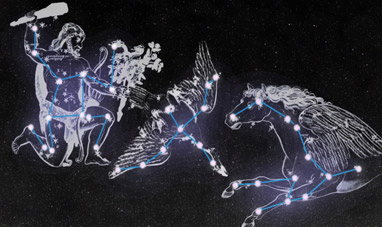

CONSTELLATIONS


GROUPER


THE DIGESTIVE SYSTEM


FLY


BEE


LOTUS PLANT
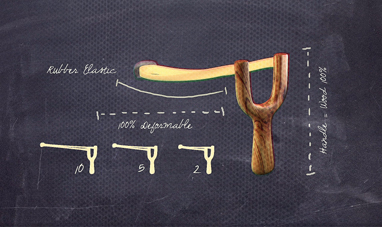

NATURAL RUBBERS


COBRA


PENGUIN


NOVAE


ANT


DROMEDARY


TORTOISE
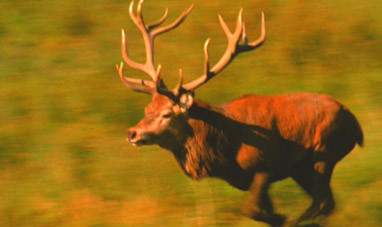

DEER


THE SOLAR SYSTEM


CENTRIFUGAL FORCE


BLACK WIDOW SPIDER


CLOUD COMPUTING


SCORPION


H2O
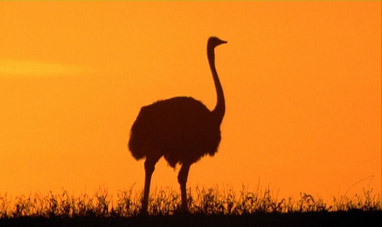

OSTRICH


EOLIC


THE MOON


SQUID


STORK


GARLIC
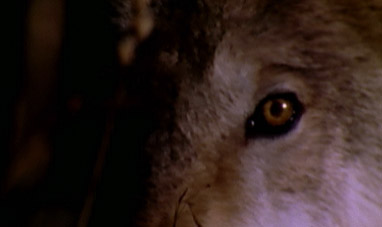

WOLF


METEORS


HORSE


GIRAFFE


GALAXIES
